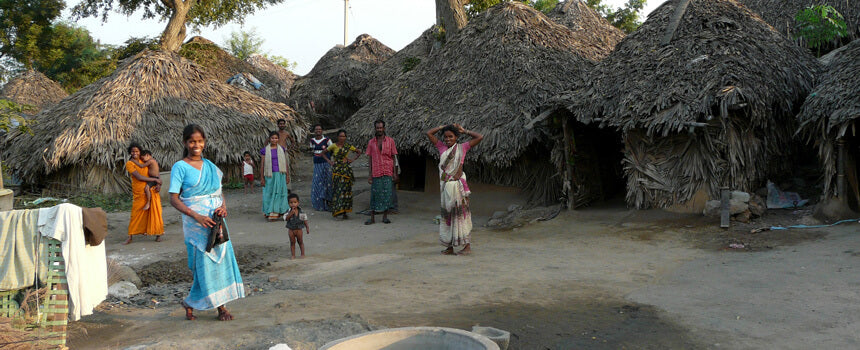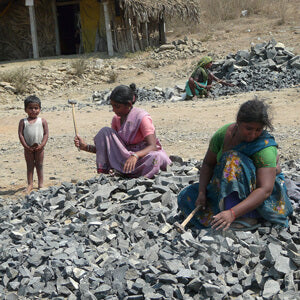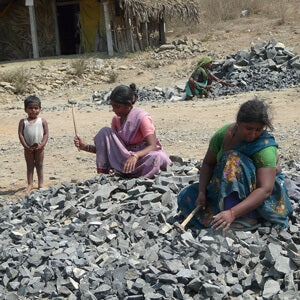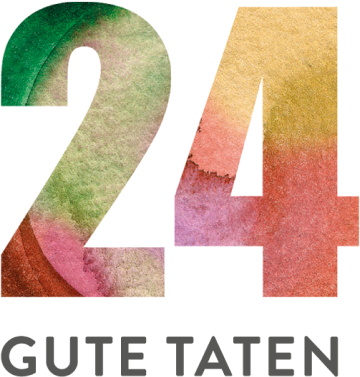Day 21
Notebooks, books and pens for a schoolchild in India
 Smart heads instead of sore hands
Smart heads instead of sore hands


Preventing child labour in India through education

need
Education for children who have to work in the quarries of Gowripatnam, India.
activity
Preschools prepare child workers in India to attend government schools and create future opportunities through education.
Measurable performance
Number of children aged 4 to 14 who attend one of the 5 preschools in Gowripatnam and are prepared for regular schools.
Result
Every year, two thirds of the students are integrated into state schools and another 100 children are admitted to the 5 preschools.
Systemically relevant impact
Children of day laborers are given the opportunity to receive an education. Parents learn about their rights and the benefits of education. Child labor is declining.
background


The good deed
AboutIndia
New Delhi
Capital city
1 252 139 600
Population
1 627 USD
Gross domestic product
per capita per year
135
Human Development Index
(Human Development Index)

